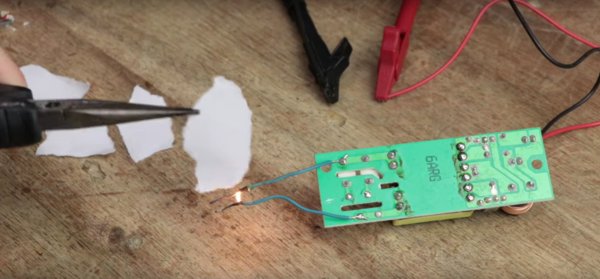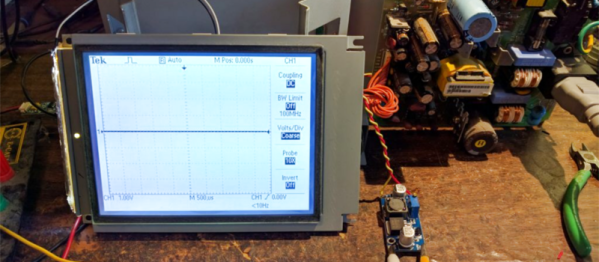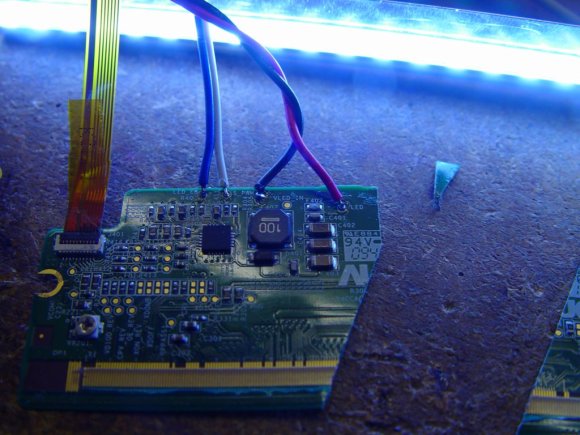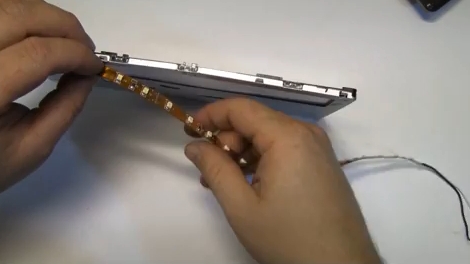[GreatScott!] needs to light off fireworks with an arc rather than a flame, because “fireworks and plasma” is cooler than fireworks and no plasma. To that end, he attempted to reverse engineer an arc lighter, but an epoxy potted high-voltage assembly thwarted him. Refusing to accept defeat, he modified a CCFL inverter into an arc lighter, and the process is pretty educational.
With his usual impeccable handwriting and schematic drawing skills, [GreatScott!] documents that his CCFL inverter is a resonant Royer oscillator producing a sine wave of about 37 kHz, which is then boosted to about 2400 volts. That’s pretty good, but nowhere near the 15 kilovolts needed for a self-sustaining arc across electrodes placed 5 mm apart. A little math told him that he could achieve this by rewinding the transformer’s primary with only 4 turns. After some testing, the rewound transformer was fitted back into the Royer circuit and with a few modifications the arc was struck.
It’s not a finished project yet, and we’re looking forward to seeing how [GreatScott!] puts this to use. For now, we’re grateful for the lesson is Royer oscillators and rewinding transformers. But if you’d rather hack an off-the-shelf arc lighter, there’s always this arc lighter pyrography pen, or this mini plasma cutter.
Continue reading “Hacked CCFL Inverter Becomes An Arc Lighter”


















